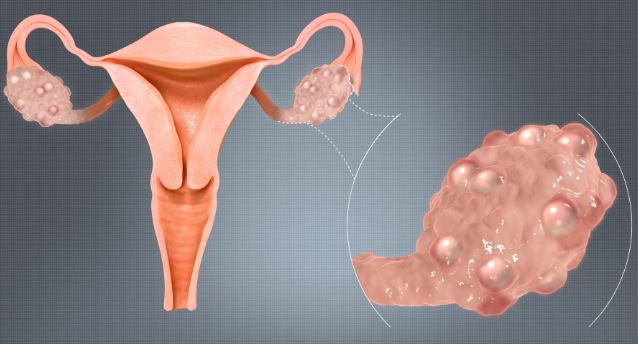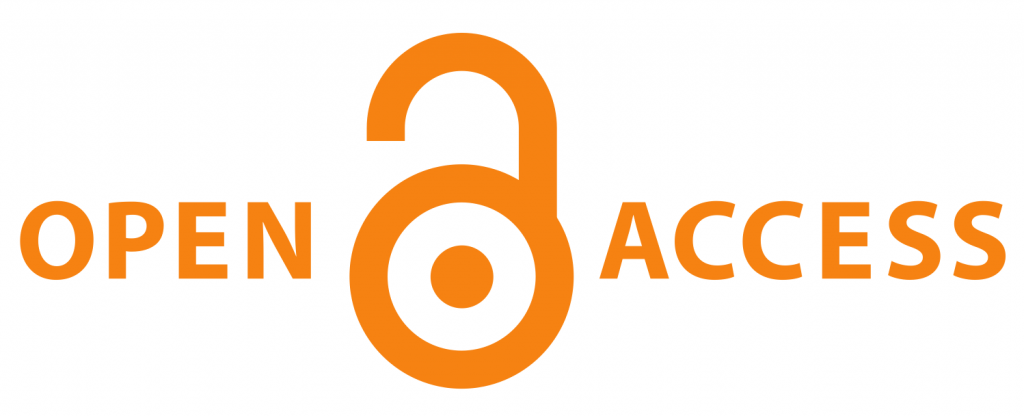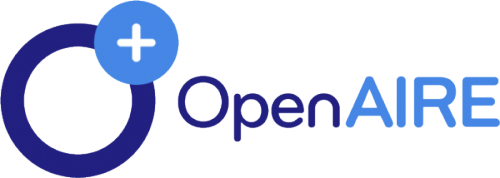Impact of Diet and Lifestyle on Polycystic Ovarian Syndrome (PCOS) and the ways to overcome through Ayurveda - A Review
DOI:
https://doi.org/10.21760/jaims.10.7.43Keywords:
PCOS, Ayurveda, Diet, Lifestyle, Hormonal Imbalance, Menstrual HealthAbstract
Polycystic Ovarian Syndrome (PCOS) is one of the most commonly seen endocrine disorders affecting women of reproductive age, also known a Stein - Leventhal Syndrome[1] It is characterised by hyperandrogenism, anovulation and polycystic ovaries seen on USG which clinically manifests in the complex form of amenorrhea or oligomenorrhea, hirsutism, acne, infertility etc. Its multifactorial and its aetiology includes genetic, hormonal, metabolic, and lifestyle influences. Evidence strongly supports the role of healthy diet and lifestyle modifications, including weight loss, low glycaemic index diets, and regular physical activity, in the management of PCOS. It is not directly explained in Ayurveda we can corelate it with some of the conditions like Vandhya Yonivyapada, Arajaska Yonivyapada, Artava Kshaya, Nastartava, Pushpaghni Jataharini, etc. treatment can be planned by assessing the Dosha, Dushya, Agni, Ama and Prakruti of patient. We can plan ayurvedic treatment with the help of various Ayurvedic herbal and mineral preparations, Panchakarma, along with diet and lifestyle modifications. This review study aims to analyse the role of diet and lifestyle in the pathophysiology and management of PCOS and evaluate the efficacy of Ayurvedic principles and interventions.
Downloads
References
Dutta DC. Textbook of Gynaecology. 6th ed. New Delhi: Jaypee Brothers Medical Publishers; 2013. p. 459.
Tewari P. Ayurvediya Prasootitantra evam Streeroga. Part 2. 2nd ed. Reprint 2018. Varanasi: Chaukhamba Orientalia; p. 10.
Howkins J, Bourne SH. Shaw’s Textbook of Gynaecology. Kumar S, editor. 17th ed. New Delhi: Elsevier RELX India Limited; p. 315.
Sushruta. Sushruta Samhita with Ayurveda Tattva Sandipana Hindi Commentary. Ambikadatta Shastri A, editor. Part 1. Sharirasthana 2/21. Reprint ed. Varanasi: Chaukhamba Publications; 2014. p. 16.
Rotterdam ESHRE/ASRM-Sponsored PCOS Consensus Workshop Group. Revised 2003 consensus on diagnostic criteria and long-term health risks related to polycystic ovary syndrome. Fertil Steril. 2004;81(1):19–25.
Sushruta. Sushruta Samhita with Ayurveda Tattva Sandipana Hindi Commentary. Ambikadatta Shastri A, editor. Part 1. Sutrasthana 15/16. Reprint ed. Varanasi: Chaukhamba Publications; 2014. p. 77.
Sushruta. Sushruta Samhita with Ayurveda Tattva Sandipana Hindi Commentary. Ambikadatta Shastri A, editor. Part 1. Sutrasthana 15/16. Reprint ed. Varanasi: Chaukhamba Publications; 2014. p. 78.
Bhingardive KB, Sarvade DD, Bhatted S. Clinical efficacy of Vamana Karma with Ikshwaaku Beeja Yoga followed by Shatapushpadi Ghanavati in the management of Artava Kshaya with special reference to polycystic ovarian syndrome. Ayu. 2017;38(2):127–32.
Impact of stress on female reproductive health disorders: Possible beneficial effects of Shatavari (Asparagus racemosus). Biomed Pharmacother. 2018;103:46–9.
Palarhil S, Mavilavalappil T, Krishnan S. Antiandrogenic activity of Nardostachys jatamansi DC and Tribulus terrestris Linn and their beneficial effects on polycystic ovary syndrome-induced rat model. Metab Syndr Relat Disord. 2015;13(5):248–54.
Dutta DC. Textbook of Gynaecology. 6th ed. New Delhi: Jaypee Brothers Medical Publishers; 2013. p. 470.















